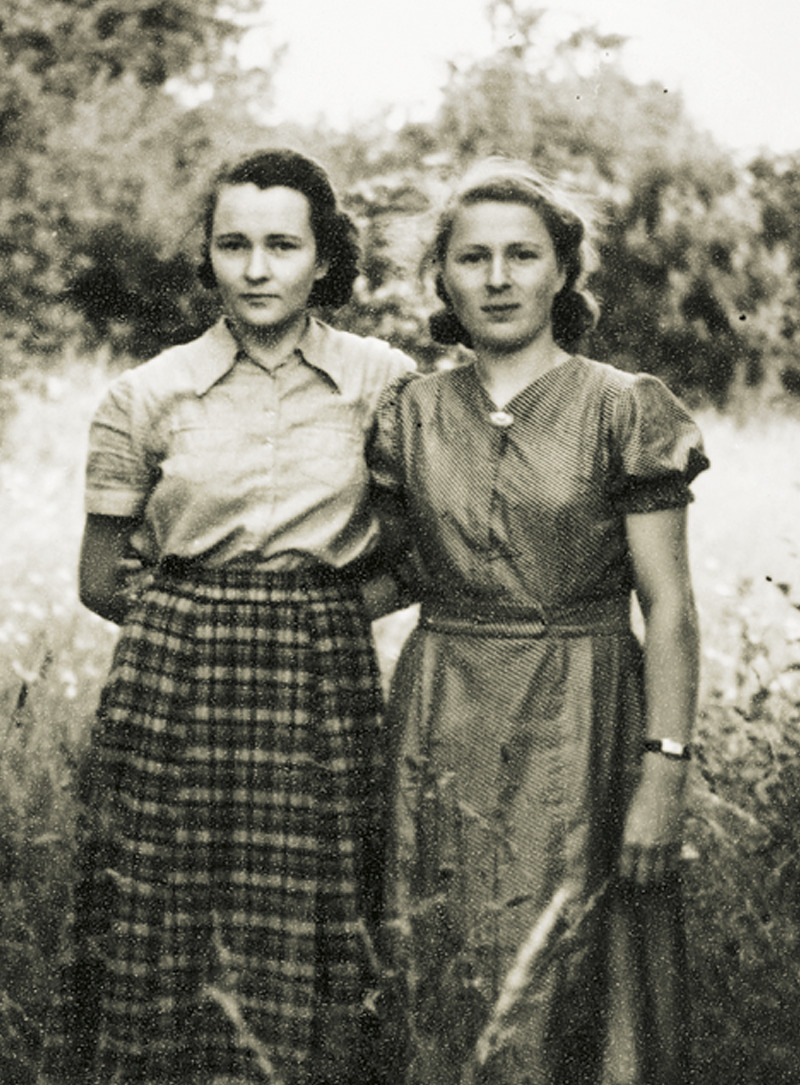The USSR’s 1951 Deportation of Jehovah’s Witnesses
Operation North (Russian: Операция “Север” / Sever) was deployed on April 1 and 2, 1951 to remove Jehovah’s Witnesses from the western regions of the USSR. It is estimated that about 9,000 members of this religious group, who lived in the Baltic States, Moldova, western Ukraine, and Belarus, were deported to Russia.
The April 1, 1951 deportation of Jehovah’s Witnesses was the last mass deportation carried out by the USSR in Estonia. During the deportation, around 280 Jehovah’s Witnesses were sent to Russia, while only about a third of these individuals were actively practicing their faith.

While Jehovah’s Witnesses faced widespread discrimination regardless of the country they resided in, totalitarian states such as communist Russia and national socialist Germany, where their activities were banned, conducted extensive repressions against members of this religious congregation.
In the post-war Soviet Union, Jehovah’s Witnesses were viewed as part of an anti-Soviet movement, and for that reason, Soviet officials sought to eliminate them. Jehovah’s Witnesses were considered unloyal citizens who undermined the authority of the communist state and the Communist Party by refusing to participate in elections and mandatory military service. They were also accused of distributing anti-Soviet literature and leaflets and making connections in foreign countries such as the US, where the headquarters of the religious movement were located.

Repressions against Jehovah’s Witnesses started in Estonia in 1948. Between 1948 – 1951, 72 Jehovah’s Witnesses and their families and associates were reportedly arrested. They were convicted of anti-Soviet propaganda. Similar arrests were carried out elsewhere in the USSR’s western federal republics, where Jehovah’s Witnesses resided. It is worth mentioning that the Jehovah’s Witnesses did not sit back silently while fellow members of their religious group were arrested. They actively called for the release of prisoners by sending letters to the authorities of Soviet federal republics and the central government of the USSR.
In a letter sent to the Estonian SSR’s government and the USSR’s central government in the autumn of 1948, the Jehovah’s Witnesses described the USSR’s arrest of Jehovah’s Witnesses as genocidal and threatened to contact the United Nations through the Watch Tower Bible and Tract Society, a worldwide organization of Jehovah’s Witnesses, if the prisoners were not released.
In a letter sent to Stalin in June 1949, members of the Jehovah’s Witnesses congregation resolutely stated that if their demands were not met, Jehovah (God) would destroy the Soviet Union and the Communist Party. Similar appeals were sent by Jehovah’s Witnesses from other Soviet republics as well. One can argue that these letters led the Soviet Union’s leadership to take things a step further and to organise a mass deportation of Jehovah’s Witnesses.
The planned deportation of Jehovah’s Witnesses from Estonia, Latvia, Lithuania, Ukraine, Belarus, Moldova, and the Kaliningrad Oblast became an object of discussion in the autumn of 1950 and was scheduled to take place in March and April of 1951. The Ministry of State Security or MGB (Russian: Министе́рство госуда́рственной безопа́сности СССР) and the Ministry of Internal Affairs of the USSR or MVD (Russian: Министерство внутренних дел СССР) carried out Operation North (Russian: Операция “Север” / Sever) on April 1, 1951. In some southern regions of the USSR, Operation North took place from March 31 to April 2, 1951.
The mass deportation of Jehovah’s Witnesses in the Ukraine took place the following week. An additional deportation operation was carried out later in the year. In total, about 8,500 people were deported from the western regions of the USSR.

In Estonia, about 27 carriages were prepared for the transport of the deportees. They were taken to stations in Ülemiste, Tapa, Tartu, and Võru. The deportation echelon's final operation took place in Pskov, where deportees from Latvia, Lithuania, and the Kaliningrad Oblast were gathered together in preparation for deportation.
About half of the Jehovah’s Witnesses that were expelled from the Baltics and Kaliningrad were from Estonia. These people were sent to special settlements in the Turgan district of the Tomsk region. In the Turgan district, most of the deportees were placed in local collective farms.
Despite the fact that the Presidium of the Supreme Soviet did not decide to release individuals sent to special settlements on the basis of religion until 1965, the Jehovah’s Witnesses began to return home after Stalin's death in the mid-1950s. At least 21 Estonian Jehovah’s Witnesses died in Russia following their deportation.
Olev Liivik (born in 1975) is an Estonian historian and senior researcher at the Estonian Institute of Historical Memory. His main research interests include the political history of post-World War II Estonia and the history of the Baltic German minority in Estonia in the 1920s and 1930s.